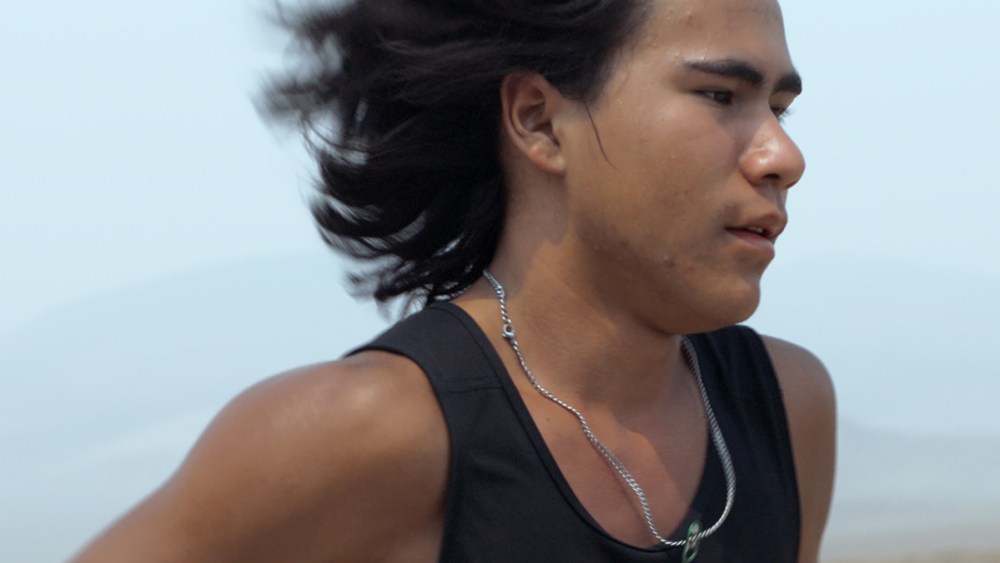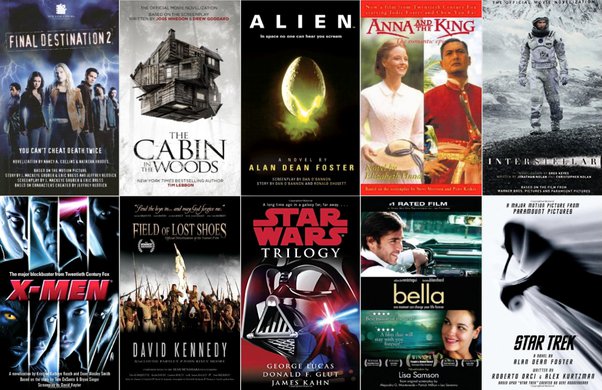In recent years, there have been many plays and documentaries describing the horrific misconduct of the original American children in church and state-run Indian boarding schools-from “1923” to the Oscar-namine “sugarcane”-from “1923” produced by Teller Sheridan-for such historical observation for such historical observation. Such eye -opening illustrations of the 19th and 20th century atrocities, like contemporary accounts on the issue of missing or killed indigenous women, are not only educators, but are necessary. The problem is that the wealth of resources means an extraordinary documentary like “Remaining native“The risk of passing by the audience who believes that it is not much to be said on the subject. It will be unfortunate and misleading.
Director Paigi Bethaman’s technically polished and fully absorbing the film completely, Kutoven “KU” focuses on Stevens and prepares a link between the past and the present, a 17 -year -old original American determined to earn a university of Oregon scholarship in the track, which was only a place in Northwest Nevada, which was only a place, which is a place, which is a place, which is a place in Northwest A place, which is a place, which is a place, which is a place, which is a place, which is a place, a track coach deficiency.
The parents of the U strongly support the discovery of their difficult goals – especially when they participate in the track, where U moves from their rivals so far, it appears to be moving forward in a separate zip code. And he is lucky that he can be seen by a running coach Loop Cabda, who recognizes U’s malicious abilities, and guides towards competing to meet him where the young runner can be seen by the right people.
But there is much more for U’s passion compared to U’s dreams. As he escapes in the rural Nevada scenarios, he is inspired by stories that he has been told about his great-grandfather, Frank Quinn, who fled from attending a particularly cruel Indian boarding school at the age of eight-after two unsuccessful efforts in the assessment to be accurate, 50 miles away.
“Perhaps they were tired chasing him,” U guessed. However, many other students were almost not so lucky. Indeed, as “rest of the native” moves forward, and the first waves of accounts about the unprecedented tombs discovered in former Indian boarding schools kill the news, the horrors are exposed and the count of an estimated death increases.
A distraught original American interviewer asks: “Which type of school has a cemetery?” The question has been answered – repeatedly, in unrelated fashion – as U and director Bethaman speaks about physical and emotional traces with the remaining people and their families that they carry.
There are two different stories in playing in the “rest of the original”, but they are so cleverly entangled that each strengthens the effect of each other. U independently accepts that he craves to leave the rural Nevada and leaves his relationship on the ground, so he can make his horizon wider and live independently. (His father, though sympathizing, prevents the “brain drain” of young origin Americans from reservation.) This is attached to the U, to paraffreize the 1969 tagline for “Downhill Racer”, he measures how fast he has to go from where he is on him.
At the same time, however, U, a charismatic young man, whose ambition never seems to be overwhelmed by his compassion, and no, bend his back to the past. The “rest of the original” resolves the first story in emotional and dramatically satisfactory fashion. Although earlier, we begin to follow a parallel plot: U’s surely a more important campaign to establish an event, two-day, 50-meal cross-crew, was mapped to follow the migration route taken decades ago by Race-Frank Quinn, and intended to remind the living and honor.
“You cannot change the past,” says a participant. “But we can make sure that hell tried to move it forward.”
Sometimes, Bethaman suggests, the remaining natives are the best revenge.



